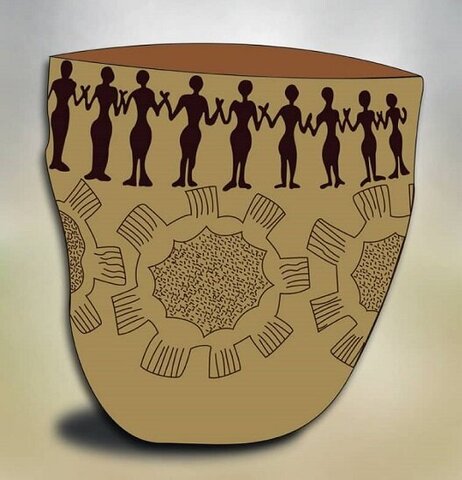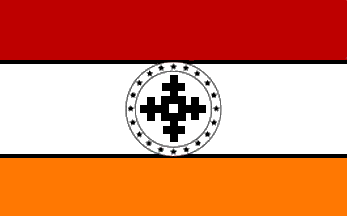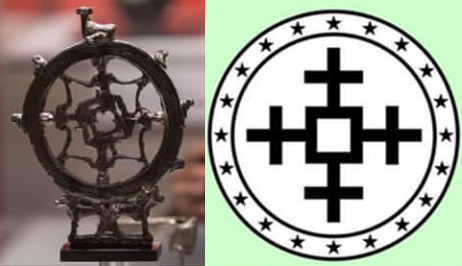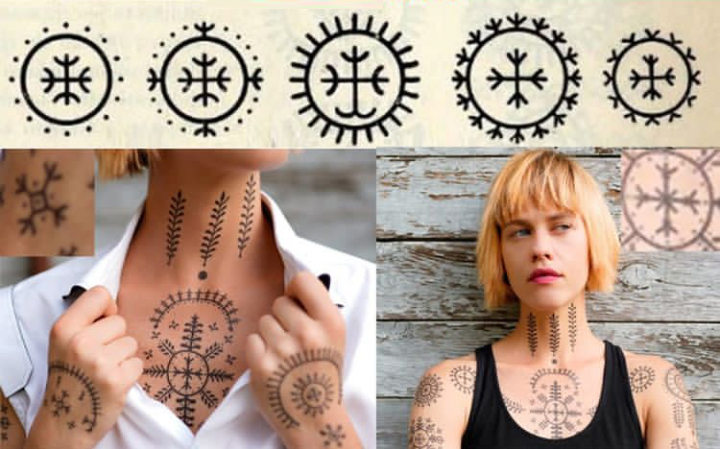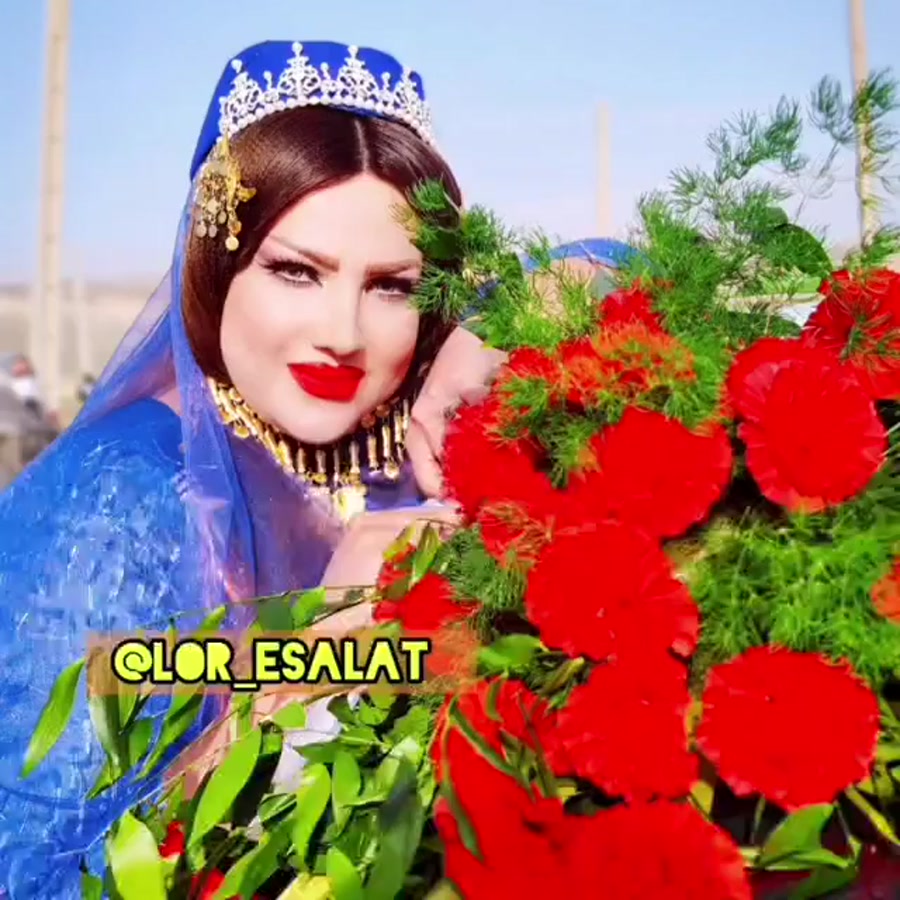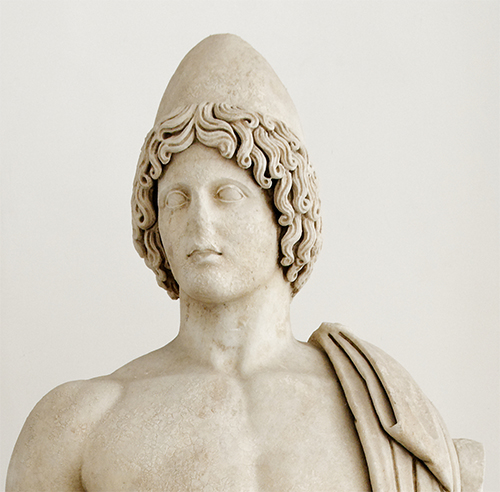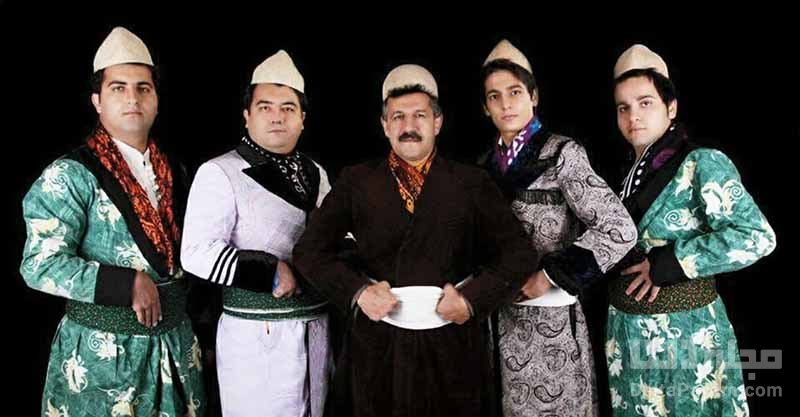About Haplogroup J2 (Y-DNA): https://www.eupedia.com/europe/Haplogroup_J2_Y-DNA.shtml
More info about Tepe Abdul Hosein of Luristan: https://www.iranicaonline.org/articles/neolithic-age-in-iran
Some J2b samples from "The genetic history of the Southern Arc":
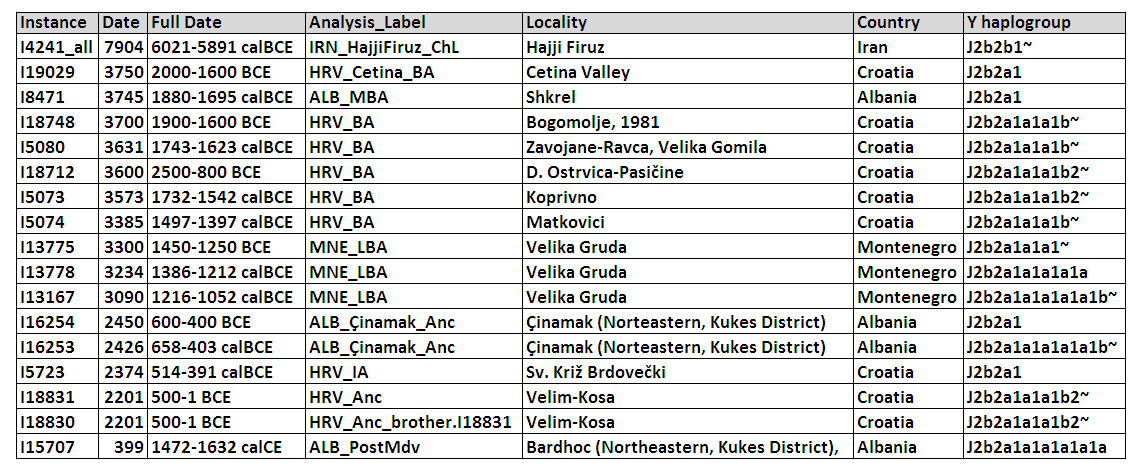
As you see all of them are either in the northwest of Iran or Western Balkan.
Alluria/Eluri was the name of land, river, mountain, ... in the northwest of Iran (South of Urartu) in the ancient Akkadian sources: Ancient Records of Assyria and Babylonia Volume 1: Historical Records of Assyria From the Earliest Times to Sargon
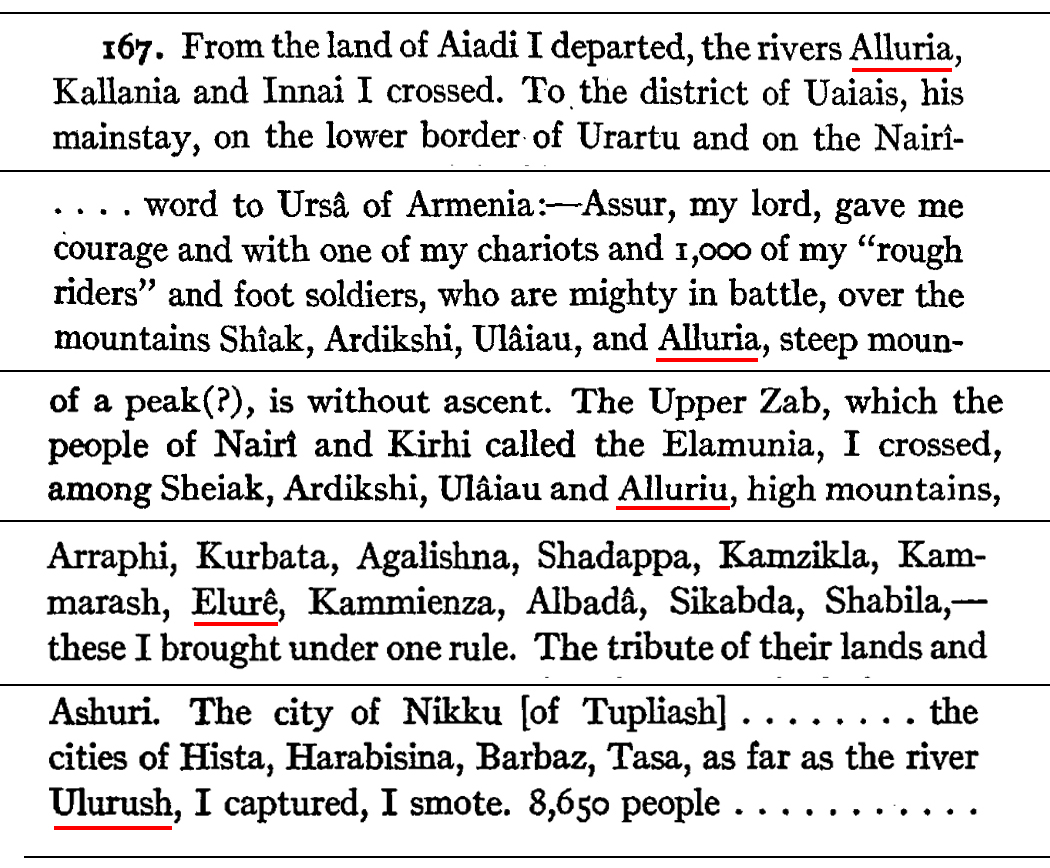
The first appearance of J2 during the Neolithic came in the form of a 10,000 year-old J2b sample from Tepe Abdul Hosein in north-western Iran in what was then the Pre-Pottery Neolithic
More info about Tepe Abdul Hosein of Luristan: https://www.iranicaonline.org/articles/neolithic-age-in-iran
Tepe Abdul Hosein is located at 1,860 m above sea level in the Khava mountain valley of Luristan. It is one of the oldest Neolithic sites yet excavated in this region, dating to about 9,500 B.P., somewhat later than Ganj Dareh and about the same age as the preceramic Deh Luran sites, as indicated by the stone tools that are comparable with those from Tepe Ali Kosh and Chogha Sefid (Pullar, pp. 103-156).
Some J2b samples from "The genetic history of the Southern Arc":

As you see all of them are either in the northwest of Iran or Western Balkan.
Alluria/Eluri was the name of land, river, mountain, ... in the northwest of Iran (South of Urartu) in the ancient Akkadian sources: Ancient Records of Assyria and Babylonia Volume 1: Historical Records of Assyria From the Earliest Times to Sargon



